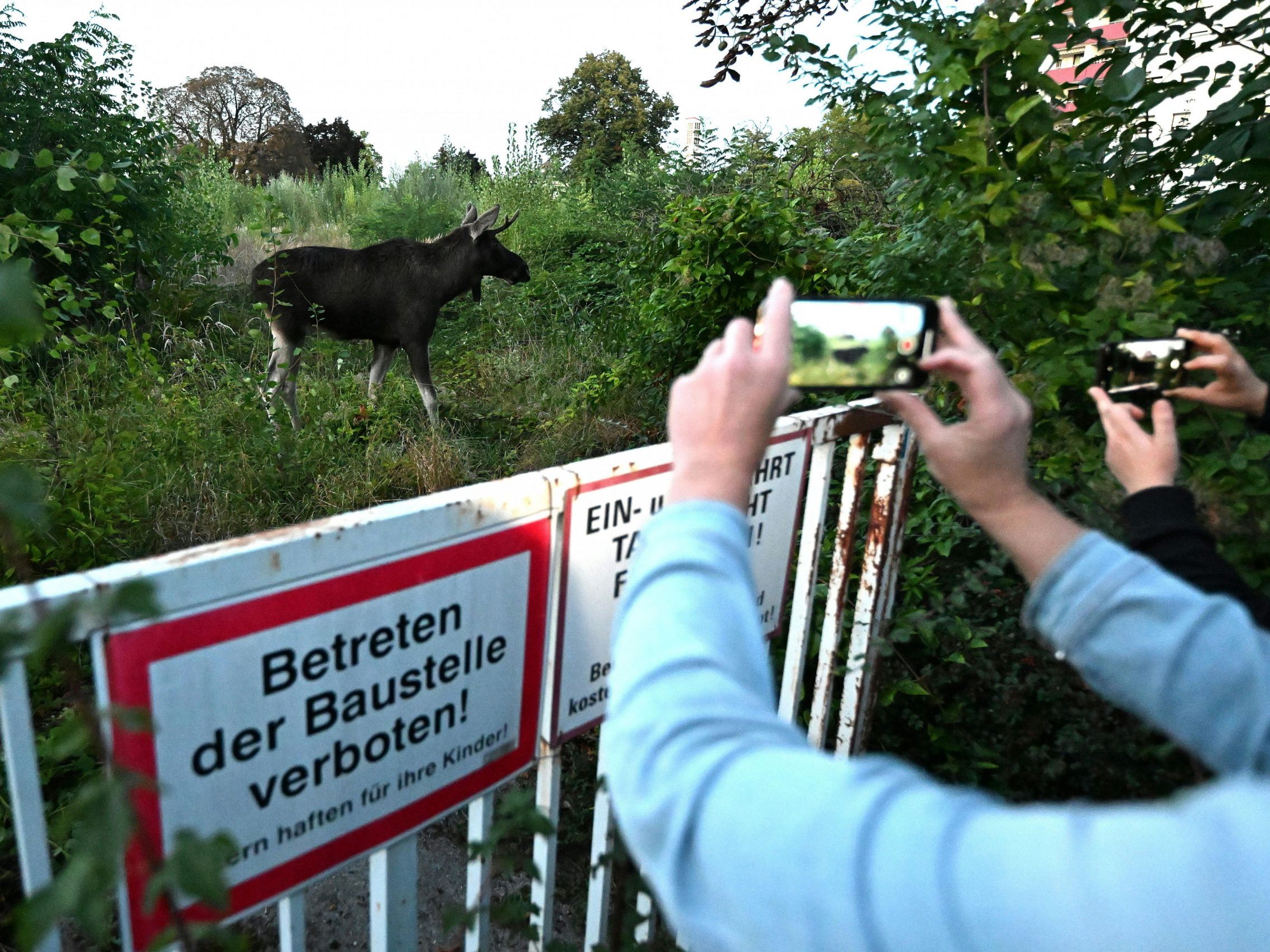Moose "Emil" on a Journey: Why We Should Not Intervene

The moose "Emil," presumably migrated from Poland, has been roaming through Austria for weeks. In St. Pölten, he brought the Westbahn railway line to a standstill, and he has been repeatedly sighted in urban areas. This raises the question of whether to intervene or not. Klaus Hackländer, head of the Institute of Wildlife Biology and Game Management at the University of Natural Resources and Life Sciences, Vienna, says in an APA interview: As long as there is no "imminent danger," it is better to wait and watch.
No Critical Situation - No Intervention
Meanwhile, "Emil" has arrived in Upper Austria. The region is considering sedating him and taking him to the Bohemian Forest at the Czech border, where a moose population lives in the Šumava National Park. Although this scenario is only planned if the animal guest endangers himself or others on his way or causes other problems, and it is emphasized that it should only be about the animal's welfare, animal rights activists view the plan very critically. They argue that any sedation also poses risks for the moose.
Hackländer considers it generally wise to think about various scenarios. "Lessons have been learned from Lower Austria. And then you are prepared if a really critical situation arises." Nevertheless, he emphasizes that the moose should be allowed to go his way undisturbed. "Our problem as humans is always that we cannot just watch and we think we have to intervene," he says. But "as long as no critical situation arises, there is no reason to intervene. And if a critical situation occurs, like the one we had at the station in St. Pölten, then capturing and relocating is of course an option, but not the first and not the only one. One could have simply shooed the moose away from the tracks a bit earlier. But there was also the question of responsibility."
Fellow "Bert" Also Lives Alone
The small, isolated population living near the Vltava Reservoir in the Czech Republic "could use some fresh blood," says Hackländer, but if "Emil" should stay south of the Danube or in the Alpine foothills, that is also fine. The expert refers to a fellow of "Emil": a young bull named "Bert," who has been living in the German state of Brandenburg for three years. "He has a transmitter on him, so you always know where he is. And yes, he is alone, still waiting for his mate. But he apparently hasn't shown any signs of impatience so far. That is also possible." Moose are wild animals, "and a wild animal has instincts, it will know what it should do. The only problem with 'Emil' is, of course, that he obviously also comes from a cultural landscape inhabited by humans, which is why he has little fear of humans and also stays in settlement areas."
Caution at Dusk and Night
Of course, there are dangers, such as in road traffic - both for the moose and for road users, the university professor admits. "But even here I would say: Let's just learn from the presence of the moose that maybe we should be a bit more careful on the road. And when driving through wooded areas at night or at dusk, just be a bit more attentive and don't speed through at 100. We as humans can also move with a bit of consideration in the habitat of wild animals. This is a topic anyway, especially with the upcoming time change. Wildlife accidents will increase again because we still think we can drive everywhere, and we have a lot of deer, stags, and boars. And for all parties involved, it often doesn't end well."
"Sit Back and Watch What Happens"
In summary, he states: "The keyword is 'imminent danger'. If a dangerous situation could arise for 'Emil' himself or for humans, then humans should intervene. But for now, we should be happy that he exists, that he has come to Austria." That "Emil" is touring so far across the country also brings praise for Austrian nature conservation: "There is the possibility for long-distance migration. We always worry that we have too fragmented landscapes, too few green bridges. And the moose is now showing us that we apparently have done quite a few things right in Austria. Because 'Emil' can migrate. And that is something positive for now."
His advice is therefore: "We should just sit back and watch what happens. But of course, be attentive." It is important "that the authorities always know where he is and can intervene if necessary when it comes to critical situations."
(APA/Red)
This article has been automatically translated, read the original article here.





